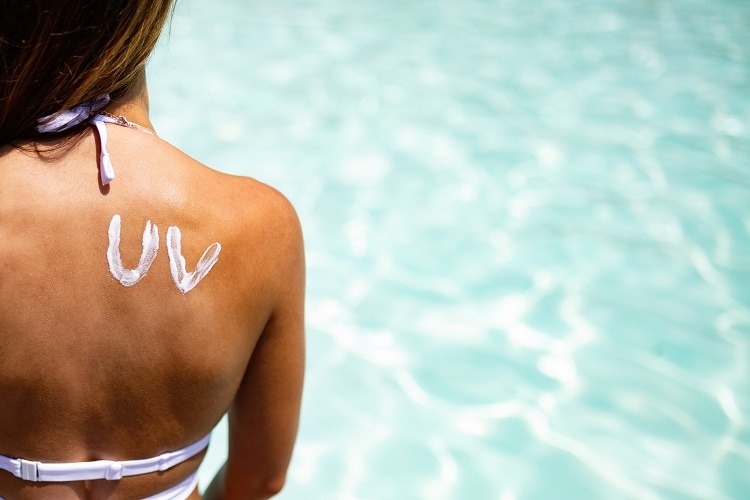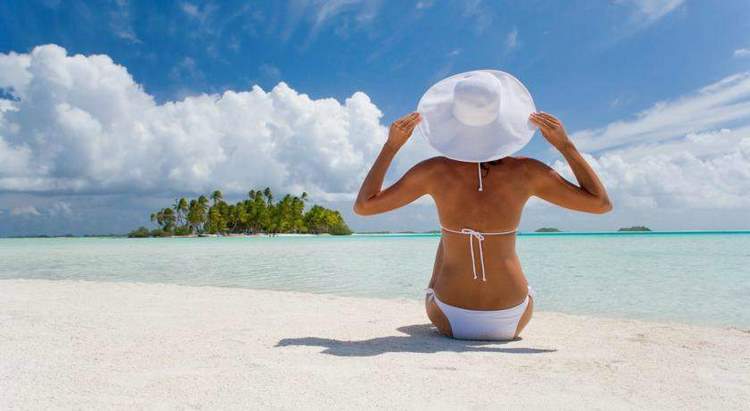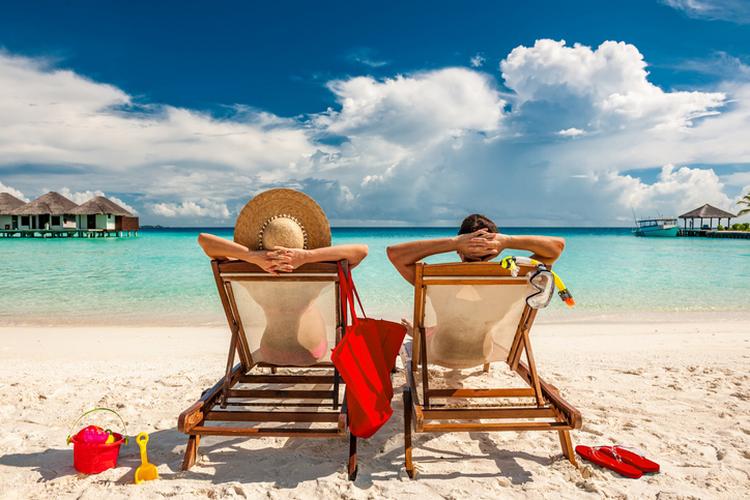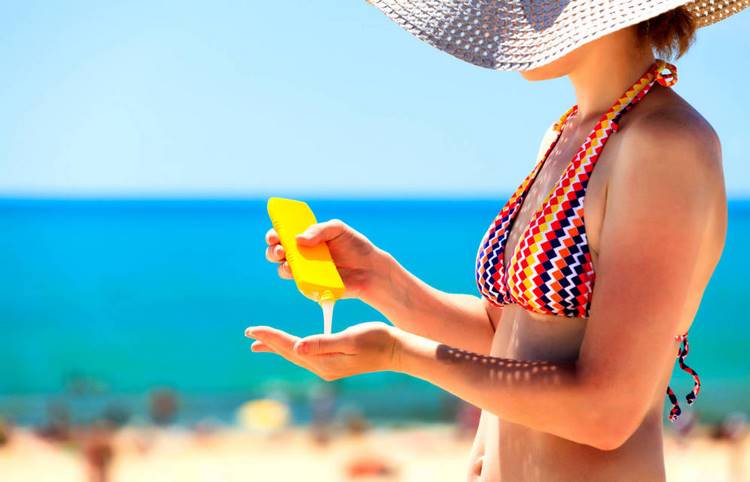How to protect yourself from UV rays? Everyone who loves the beach or relaxing by the pool is aware of how harmful UV rays can be. It is common to wear dark glasses that prevent the annoying reflection of the sun, but is this enough to protect yourself and avoid sunburns and redness?
Here are some simple steps to follow which will help you spend more time outdoors without being affected by sun exposure.
Effective Measures to Protect Yourself from UV Rays
There are many measures to take into account to prevent damage caused by ultraviolet radiation from the sun like heat stroke or heat rash. We are going to highlight some of the most important ones.
Wear a hat
Wide brimmed hats are the most suitable option. A wide brimmed hat will protect your ears, nose, eyes, scalp and forehead. All these areas are susceptible to damage from solar radiation and a baseball caps or hats with a narrow brim will not provide sufficient protection.
Wear Proper protective clothing
When we are outdoors, it is advisable to wear clothing that covers all of our skin, especially if you want to protect your tattoos. Dark colors are those that give us more protection. Those fabrics with a closed weave also offer more protection than those with a lighter weave. Likewise, when clothes are dry, they protect more than if they were wet.
Keep in mind that clothing does not completely block UV rays.
There are many textile companies that manufacture garments with UV protection. They usually have a label that indicates the value of UPF (UV protection factor), from 15 to 50+. The higher the UPF factor, the more protection it provides.
Wear sunglasses with UV protection
Sunglasses that block UV rays are just as important as other protective measures. They protect not only the eyes themselves, but also the delicate parts around them.
The best glasses should block 99% to 100% of UVA and UVB rays. Before buying them, check the label:
- If the label doesn’t say anything, it doesn’t provide UV protection. Polarized lenses reduce glare, but not UV radiation.
- A label that indicates ” UV400 protection” which means they’re capable of blocking 100% of harmful UVA and UVB rays
- Those that indicate that they are for cosmetic use only block approximately 70% of UV rays.
Avoid sun exposure during peak hours
It is common sense to avoid sun during peak hours. If you wonder – it is between 10 am and 4 pm when the sun’s UV rays are strongest and most intense. It is recommended to avoid being outdoors in direct sunlight for too long during this period.
Stay in the shade to protect yourself from UV rays
This simple measure is the best way to limit UV light exposure. Keep in mind that clouds do not block UV rays and even if the day is cloudy, you still have to protect yourself in the same way. The beach and snowy areas are areas that increase the amount of UV radiation we receive because they reflect sunlight.
Apply sunscreen
A sunscreen is a filter that does not block all UV rays. Even using it properly, some radiation is received. For this reason, it is a complement that must be used together with the rest of the measures listed in this article.
The labels on these protectors must be read correctly. It is best if you buy sunscreens with broad spectrum protection (against both UVA and UVB rays) and with sun protection factor (SPF) values of 30 or higher.
Products with SPF 50 filter about 98% and those with SPF 100, about 99%. However, you need to remember that there is no sunscreen that provides total protection.
Sunscreens are available in many forms:
- Lotions
- Creams
- Sprays
- Ointments
- Lip balms
- Wipes, etc.
It is also important to check the expiration date of the product before opening it. Once opened, it lasts only one year.
It is important that you apply the sunscreen between 15 to 30 minutes before going out in the sun. If you are going to stay exposed to the sun, it is necessary to reapply it every 2 hours, or after exercising, working, swimming or playing. Better safe than sorry!
In case of using makeup or insect repellent, sunscreen is always applied before that. It should be applied to the face, ears, arms, neck and any area of the body that is not covered by clothing.
Prepare homemade sunscreen with natural ingredients
Many people prefer to prepare their own homemade sunscreen. Here is an easy homemade aloe vera and coconut oil sunscreen recipe
Ingredients:
- 1/4 cup coconut oil
- 2 tbsp. powdered zinc oxide
- 1/4 cup pure aloe vera gel
- 25 drops walnut extract oil
- 1 cup shea butter
- 1 tablespoon of beeswax
- 2 oil capsules of vitamin E
Directions:
Combine coconut oil, shea butter, walnut extract oil and beeswax in a medium saucepan. Let melt together at medium heat.
Let cool for several minutes before stirring in aloe vera gel, vitamin E.
Cool completely before adding zinc oxide. Mix well to make sure the zinc oxide is distributed throughout.
Store in a glass jar, and keep in a cool, dry place.






